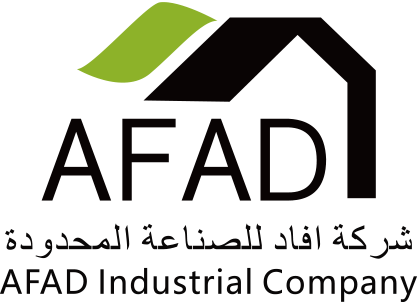The production process of optical glass
The raw materials for producing optical glass are oxides, hydroxides, nitrates, and carbonates, and phosphates or fluorides are introduced according to the formula requirements. In order to ensure the transparency of glass, it is necessary to strictly control the content of coloring impurities, such as iron, chromium, copper, manganese, cobalt, nickel, etc. Accurate weighing and uniform mixing are required when preparing ingredients. The main production processes are melting, forming, annealing, and inspection.
① There are two methods for smelting: single crucible intermittent smelting and tank kiln (see kiln) continuous smelting. The single crucible melting method can be further divided into clay crucible melting method and platinum crucible melting method. Regardless of the smelting method used, it is necessary to use a stirrer to stir and strictly control the temperature and stirring to achieve a highly uniform glass liquid. Clay crucibles can melt the vast majority of crown glass and flint glass, with low cost, and are used when the melting temperature of glass exceeds the usage temperature of platinum. Platinum crucibles can melt glass with high quality and severe erosion on clay crucibles, such as heavy crown, heavy barium flint, rare earth glass, and fluorophosphate glass. Platinum crucibles are heated by electricity, usually using silicon carbon rods or silicon molybdenum rod electric furnaces. However, for glass with a high tendency to crystallize, requiring rapid cooling, and having certain requirements for atmosphere, high-frequency heating can be used.
Since the 1960s, various countries have adopted continuous tank melting with platinum lining, greatly increasing the production and quality of optical glass. This is currently the main trend in the development of optical glass production technology.
② The molding methods for forming optical glass include classical crucible breaking, rolling, and pouring, but currently, leakage molding (using a single crucible or continuous melting to flow out the material) is increasingly widely used, which can directly pull rods, drop material pressing, or leakage molding large-sized blanks, improving droplet utilization and product yield.
③ In order to minimize the internal stress of glass and improve optical uniformity, a strict annealing system must be established for precision annealing.
④ The indicators for testing include optical constant, optical uniformity, stress birefringence, stripes, bubbles, etc.
Related News






